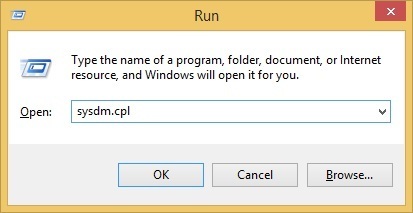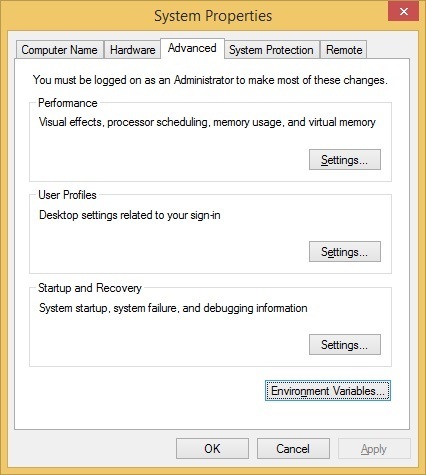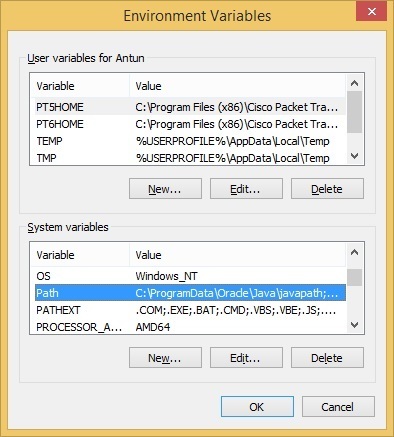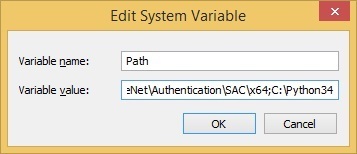| CARVIEW |
- CCNA online course
- Linux online course
- VMware ESXi online course
- Nmap online course
- MySQL online course
- Raspberry Pi online course
- Apache HTTP Server course
- VMware Player online course
- Splunk online course
- SQL online course
- Oracle VirtualBox online course
- Python online course
- Asterisk course
- VMware Workstation Player course
- Process Explorer course
- Pillow online course
- Create a web crawler in Python
- A short introduction to…
Add Python to the Windows Path
If you’ve installed Python in Windows using the default installation options, the path to the Python executable wasn’t added to the Windows Path variable. The Path variable lists the directories that will be searched for executables when you type a command in the command prompt. By adding the path to the Python executable, you will be able to access python.exe by typing the python keyword (you won’t need to specify the full path to the program).
Consider what happens if we enter the python command in the command prompt and the path to that executable is not added to the Path variable:
C:\>python 'python' is not recognized as an internal or external command, operable program or batch file.
As you can see from the output above, the command was not found. To run python.exe, you need to specify the full path to the executable:
C:\>C:\Python34\python --version Python 3.4.3
To add the path to the python.exe file to the Path variable, start the Run box and enter sysdm.cpl:
This should open up the System Properties window. Go to the Advanced tab and click the Environment Variables button:
In the System variable window, find the Path variable and click Edit:
Position your cursor at the end of the Variable value line and add the path to the python.exe file, preceeded with the semicolon character (;). In our example, we have added the following value: ;C:\Python34
Close all windows. Now you can run python.exe without specifying the full path to the file:
C:>python --version Python 3.4.3
Geek University recommends the following video course to get you started in Python.
Python course
- Introduction
- Python overview
- Install Python on Windows
- Install Python on Linux
- Add Python to the Windows Path
- Run Python code
- Interactive prompt
- IDLE editor
- Command line
- Help mode
- Basic programs
- Write your first program
- Use comments
- What are variables?
- Variable data types
- Variable names
- Numeric variables
- Strings
- Get the current date and time
- Operators overview
- Arithmetic operators
- Comparison operators
- Logical operators
- Assignment operators
- Membership operators
- Identity operators
- Conditional statements
- The if statement
- Get user input
- The if...else statement
- The if...elif statement
- Nested if statements
- Use logical operators
- Loops
- The for loop
- Use for loop with the range() function
- The break statement
- The continue statement
- The pass statement
- Use else statement in loops
- The while loop
- Nested loop statements
- Errors
- Types of errors
- Syntax and logical errors
- The try...except statements
- The try...except...else statements
- The try...except...finally statements
- Catch specific exceptions
- Raise exception
- Nest exception handling statements
- Modules
- What are modules?
- Import modules
- Find files on disk
- Display module content
- Strings
- What are strings?
- Escape characters
- Access individual characters
- String functions
- Search strings
- Concatenating strings
- Lists, sets, tuples, dictionaries
- What are lists?
- Modify lists
- Loop through a list
- Check whether a value is in a list
- Sorting lists temporarily
- Sorting lists permanently
- Obtaining the list length
- What are sets?
- What are dictionaries?
- Add new key-value pair to a dictionary
- Modify a value in a dictionary
- Delete a key-value pair in a dictionary
- Loop through a dictionary
- What are tuples?
- Looping over a tuple
- Working with files
- How to read and write files
- Read a file
- Read and write – with statement
- Make a list of lines from a file
- Functions
- What are functions?
- Return statement
- Positional arguments
- Keyword arguments
- Default values for parameters
- Flexible number of arguments
- Variable scopes








